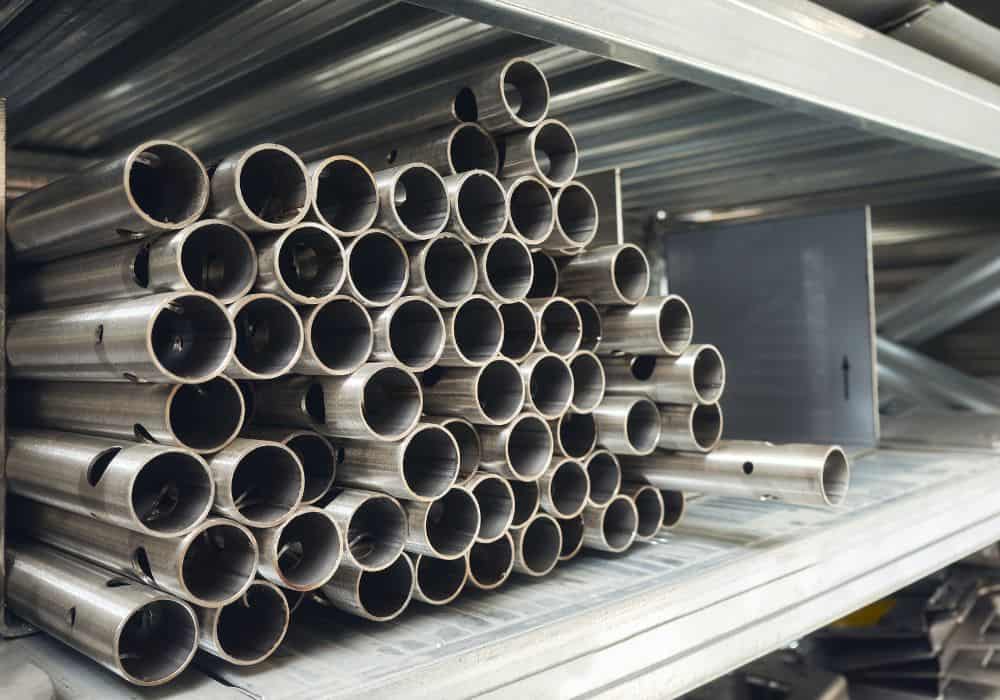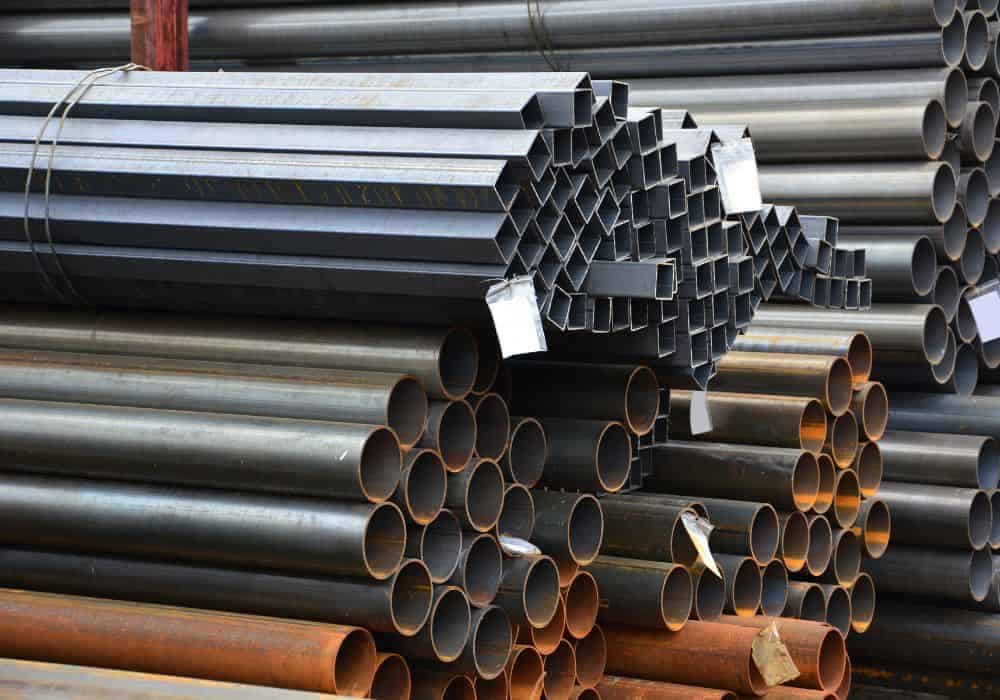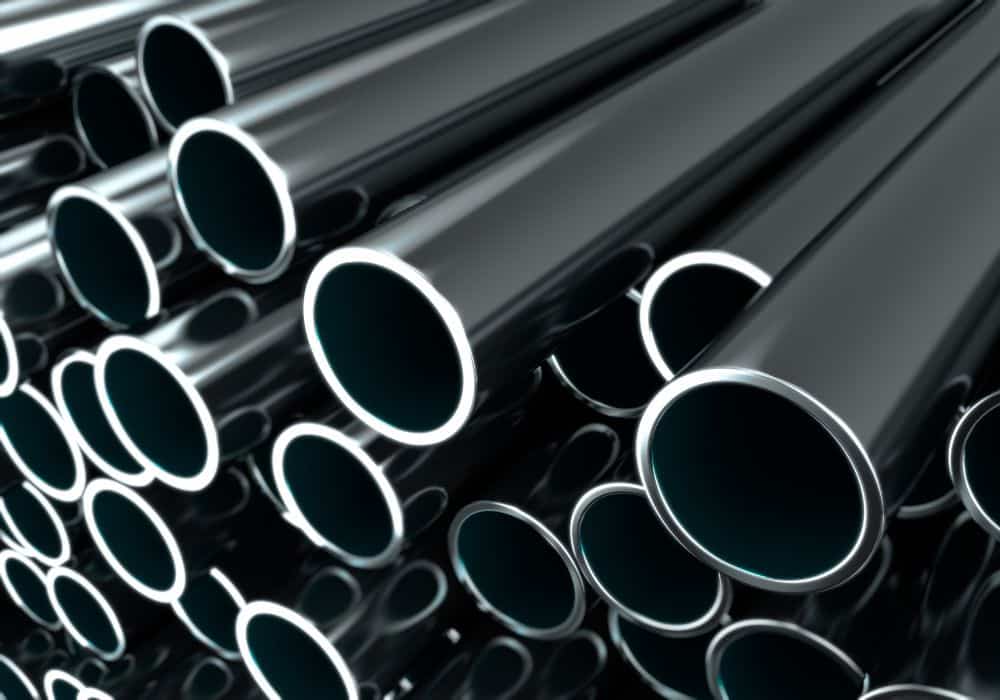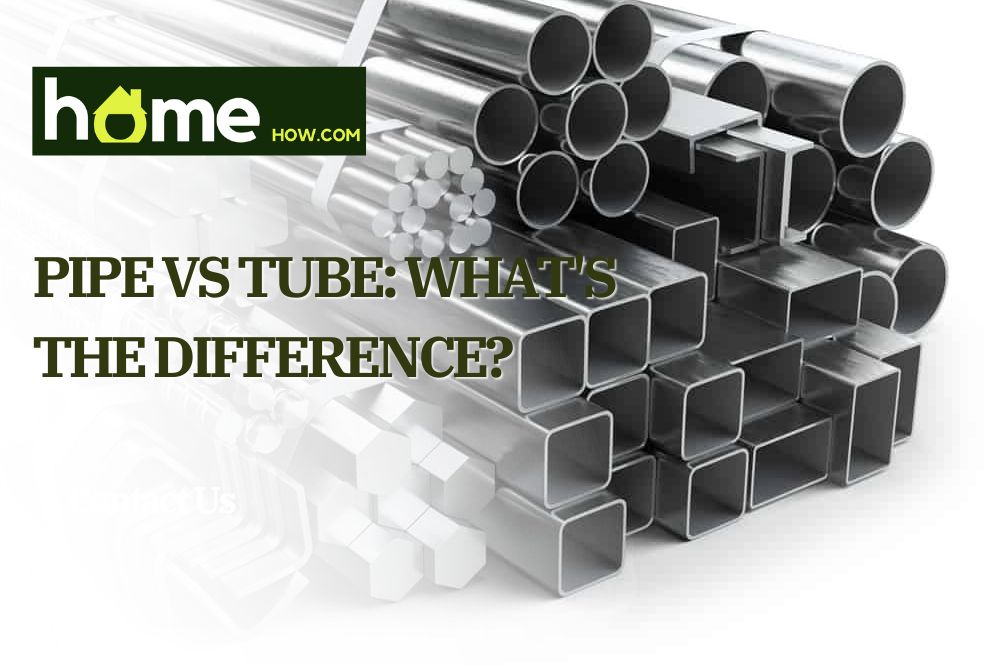If you are doing your own home renovations, you usually use pipes and tubes. These materials may look the same but they have different uses.
Generally, these materials are welded, and because they are both steel, they might be mistaken for one another. In this article, we will discuss their differences and which of them should be used in your home.
Pipes Overview and Uses
Also known as carbon steel pipes, these construction materials are used for the transportation of substances such as fluids, gasses, and pellets. Additionally, these materials are also used to transport powder, making them useful in the pharmaceutical industry.
Commonly, stainless steel pipes are used to transport water and protect electrical wires. This is the reason why the government patronizes these materials in the construction of underground water and electric lines.

For bikers, pipes are also preferred in assembling bikes and other automobiles. This is because steel pipes are lightweight. Other uses of these materials are for the production of the following:
If you get to see street lamps and wonder what these lamp poles are made of, the answer would be steel pipes.
Tubes Overview and Uses
When we speak about tubes, these construction materials are not only round. Instead, they also come in square, rectangular, and oval shapes.
Generally, they are used for heavy constructions, and manufacturers of stainless steel tubes use the following raw materials in the production of these steel tubing:
- Iron
- Carbon
- Manganese
- Vanadium
- Zirconium

The only concern is that, when these tubes are used for your water lines, the metals or raw materials stated above may cause contamination and alter water quality.
Furthermore, in the production of steel tubes, stretching is done. Typically, there will be a small piece of steel that will be rolled and will be cut when the preferred length is already achieved.
To visualize it better, if you are a fan of playing clays, the rolling you do in the clay to make it longer defines the production of steel tubes.
Characteristics of Pipes and tubes
Aside from the shape, there are other characteristics that differentiate pipes from tubes, and in this section, we will elaborate more on these.
1. Shape and size
Steel pipes only come in round shapes while tubes may come in different shapes. Additionally, when we speak of shapes, these configurations have different uses.
Round steel pipes and tubes are used to transport liquids. On the other hand, the square, rectangle, and oval shapes of tubes are used for building constructions, pressure equipment, production of appliances, and mechanical applications.
Before, I always wondered what type of materials my neighbor, who manufactures BBQ grillers, uses. Now, it makes sense! He uses stainless steel tubes, and honestly, these grillers are sturdy and the grease is easy to clean.
When it comes to size, pipes are usually bigger. Tube sizes are generally small because you can connect these materials easily if you want to lengthen them.
2. Inside diameter (ID) and nominal outside diameter (OD)
Generally, the diameter of the materials is the one being used to differentiate pipes and tubes.
For the pipes, the important dimensions are the outer diameter and wall thickness.
To compute the liquid capacity of pipes, the nominal pipe size (NPS), or nominal diameter (DN), you have to follow the following formula: Outer Diameter (OD) – 2 Multiplied by Wall Thickness (WT). If you wonder what the wall thickness is, this is the pipe schedule.
The common pipe schedules are schedule 20, schedule 40, and schedule 80.
On the other hand, for the tubes, what only matters are the outer diameter and inner diameter. Generally, the exact outside diameter of tubes is equal to its size and the thickness of tubes is usually determined by gauge number.
3. Strength and tolerance
Generally, we disregard the strength of pipes and tubes, especially when we know where to use these materials.
But, for information purposes, tubes are sturdier than pipes. They are manufactured to withstand high pressures, especially those copper tubing, alloy steel, and brass.
When manufacturing these materials, it usually takes longer for tubes to be produced because they follow strict requirements to yield strength better.
This means that pipes are easy to produce and can be fabricated in volume.
4. Expansion abilities
When we talk about expansion, we talk about the telescoping abilities of tubes and pipes. This refers to the ability of the pipes and tubes to be extended.
Generally, between these two, the tubes have better telescoping abilities compared to pipes. You can add more tubing inside tubes that can slide inside another.
Usually, pipes are beveled and most of them come with screwed ends. Thus, they cannot perform great telescoping abilities.
If you want to connect one pipe with another, you need to do welding and other threading techniques.
5. Rigidity and bending

Compared to tubes, pipes are more rigid. Thus, if you want to mold them into another shape, you have to use special equipment to do it.
On the other hand, tubes can be bent and coiled. You can do this molding at home without having to worry about damaging your tubes.
6. Cost
After describing the materials used for tubes and pipes, we can already say that the cost of tubes is more expensive than pipes.
However, there are still some manufacturers that sell tubes at a cheaper price. When you buy one, make sure that you get it from a trusted supplier, or else your money will just go to waste.
Final Thoughts
Indeed, choosing between pipes and tubes may be confusing. But, in simple words, pipes are used to transport substances while tubes are used for building and construction.
When you wish to purchase any of these two, you have to first identify the purpose of your purchase. Are you buying these materials for construction or for substance flow, such as water lines?
Generally, pipes are cheaper. But, this does not mean that you should get pipes when you need tubes just because you are on a tight budget.
